France and Madagascar
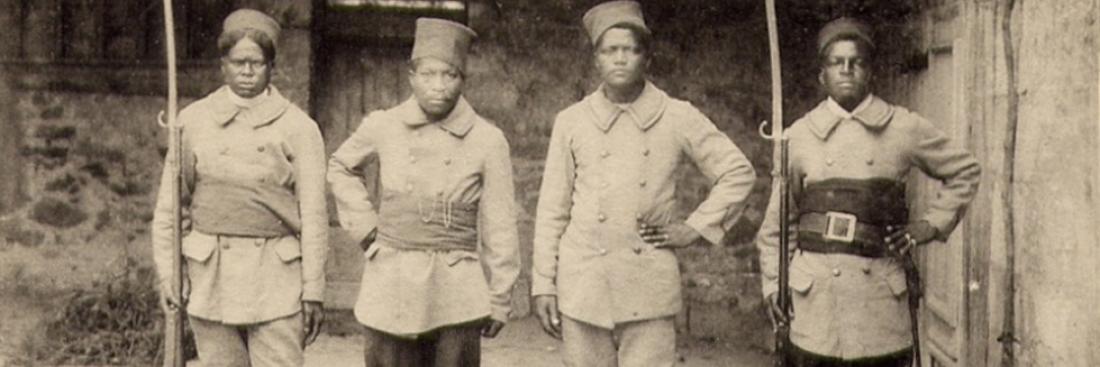
Les débuts d'une histoire commune
Relations between France and Madagascar maintained during the joint combats led during both world wars are a continuation of the history shared by both nations.
First discovered by the Portuguese, Madagascar was then ”visited” by French explorers. Richelieu especially wanted to establish the presence of the French king on the large island. In 1643, the French set up a trading post in Fort Dauphin on the southeastern tip of Madagascar, which was at the time known as ”Dolphin Island”. While this first attempt to settle was not immediately successful, a second French initiative was led under the reign of King Louis XV then under the consulate when a trading post was founded in Tamatave in 1803. This trading post was taken over by the English in 1811. During this time, several peoples on the island made successive attempts to establish hegemony over other less powerful populations. Thus following the Sakalava period in the 17th century, Madagascar was governed by the Merina or Hova kingdom, based in the island's central region, in the 18th century.
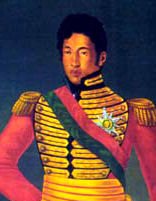
King Radama I. Source: Public domain
The English then helped King Radama I take rule of the largest part of Madagascar, which became almost an English protectorate. The English used Anglican missions to promote their expansion.
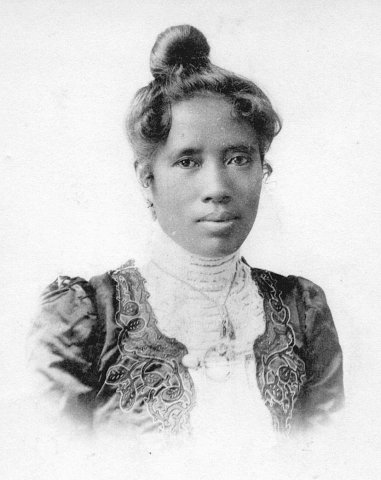
Photograph of Queen Ranavalona III. Source: Public domain
Just as Queen Ranavolona III took power in 1883, France bombarded Tamatave and in 1885 imposed a protectorate treaty. France annexed Diego-Suarez on the southern coast of the island and imposed a Resident-General in Tananarive, the capital of the Kingdom of Merina. The queen, however, encouraged by the Hova aristocracy, resisted the French presence. France then sent an expeditionary corps to the island which seized Tananarive and imposed a second protectorate treaty in 1895. A quasi-general uprising broke out and the new Resident-General, General Gallieni, deposed the queen in 1897. Through a combination of force and diplomacy, he energetically led pacification operations, brilliantly seconded by his lieutenants, including Lyautey and Joffre.
This campaign was accompanied by efforts to modernise the island and boost its economy. Madagascar was therefore been a French colony since its annexation.
Madagascar in the First World War
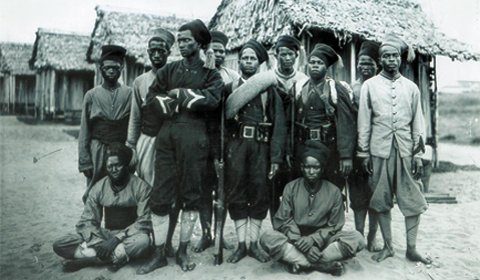
Malagasy infantrymen before their departure from Madagascar to go and fight in France. Source: mada.pro
From the start of the war, over 45,000 Malagasy men were enlisted into the French army and 41,000 were assigned to fighting units, particularly Malagasy infantry units. The 4,000 other soldiers included around 1,900 nurses and 2,100 administration clerks and artillery workers. Furthermore, some 5,355 workers were employed by France in arms and powder factories.
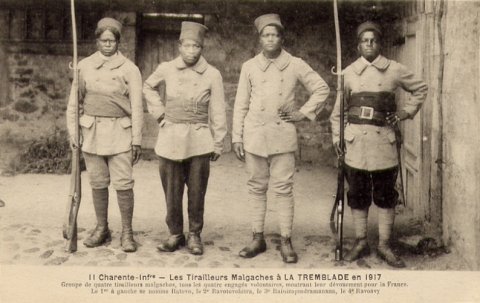
Malagasy infantrymen on board the Océanien in port of La Valette in Malta harbour. December 1917. Source: ECPAD
In total, 2,400 men died in battle and 1,835 were wounded. Among the feats achieved by the Malagasy in the First World War were the heroic actions of the 12th infantry battalion during the operations led in autumn 1918, when it was cited three times and described by General Mangin as 'magnificent'. Its pennant received the croix de guerre with a silver star, i.e. the Fourragère (award shaped as a braided cord).
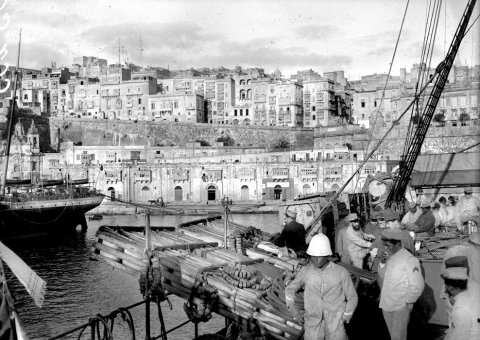
Malagasy infantrymen on board the Océanien in port of La Valette in Malta harbour. December 1917. Source: ECPAD
The Malagasy killed in action for France are buried in several national military cemeteries. The majority of the dead were primitively buried at the military cemeteries in Fréjus (Gallieni, de la Baume and Robert camps) and were reinterred in 1966 during a major operation to regroup bodies at a national cemetery in Luynes, near Aix-en-Provence (Bouches-du-Rhône).
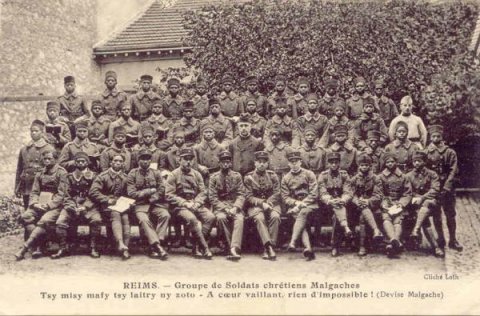
Malagasy soldiers. Reims. Source: Postcard
In the 1920s, a monument commemorating the Malagasy killed in battle for France during the First World War was built in Paris in the tropical garden in Bois de Vincennes.
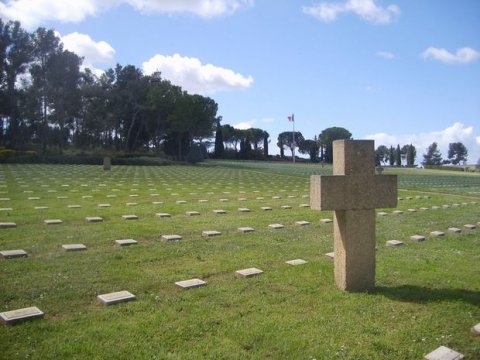
National cemetery in Luynes. Source: MINDEF/SGA/DMPA-ONAVG
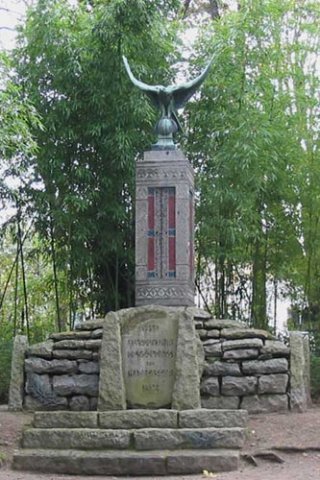
Monument to the memory of Malagasy soldiers. Author: Gilles Roland. Source: MINDEF/SGA/DMPA
Madagascar in the Second World War
Between the two wars, resources were further exploited in Madagascar and the modernisation of the island continued, but the demands of the Malagasy, similarly to those made in other colonies, were not met. Despite everything, in 1939, the Malagasy responded to France's conscription call and 10,500 men enlisted to the French campaign of 1940, one-third of whom were killed in battle. The 3rd and 11th colonial artillery regiments and the 42nd Malagasy infantry battalion made a particular name for themselves, while the infantrymen fought bravely in African units.
After the armistice, the island, under the command of governor general Annet, remained under the authority of the Vichy government. Certain Nazi leaders initially wanted to deport the Jews from the island.
Operation Ironclad was the British invasion of the French colony of Madagascar, then under Vichy rule.
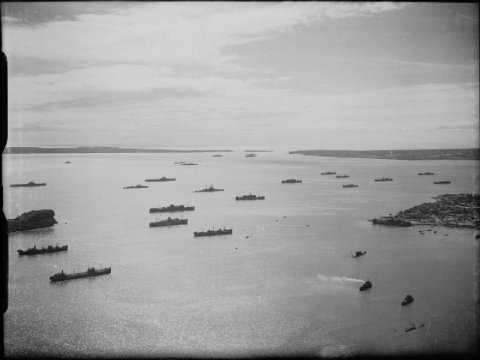
Overview of British warships and merchant ships in Diego Suarez port, after France's surrender. May 1942. Source: Imperial War Museum.
After Japan entered the war and the empire of the Rising Sun posed a growing threat to the Indian Ocean, the English landed in Diego-Suarez on 5 May 1942 where they were attacked by the defending Vichy forces. The base fell after three days of fighting. The French retreated to the interior of the island and the rough terrain where the Malagasy turned their knowledge of the land to their advantage.
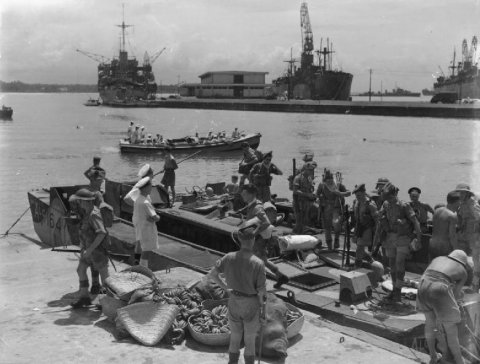
Troops landing from landing barges (LCA 164) in Tamatave port, the main port in Madagascar. 19 September 1942. Source: Imperial War Museum.
Operations were resumed on 10 September and ended when Governor Annet surrendered on 5 November 1942. These far from glorious battles certainly left a mark on Madagascar, but the Allies finally handed over the island to the Free French on 14 December 1942. Malagasy troops again fought alongside the French against Germany and some of them, prisoners since 1940, managed to escape and join the Resistance.
In the towns, colonial prisoners of war, incarcerated in Frontstalags, were administered from 17 February 1943 onwards by the French military. Little by little, they were turned into ”free workers” essentially employed for farming. Furthermore, 8,016 Malagasy were recruited into Repatriable Colonial Indigenous Military Companies created during the winter of 1942 to 1943. These companies were assigned to carry out works of public utility by the French authorities but also by the occupying forces on sites under the authority of the Todt organisation.
Attempts to escape were numerous and many who succeeded joined the Resistance. The most famous example was Justin Resokafany, an infantryman who escaped from Frontstalag 135 (Rennes) in June 1940 to England. Posted to the 1st DFL. (Free France Division), he participated in campaigns in Tunisia and Italy. Captured, returned to France and incarcerated in Frontstalag 153 (Orléans), he escaped a second time, managed to reach Indre where he joined the FFI (French Forces of the Interior) and fought to help liberate the region. He was awarded the French cross of war with palm. Eleven Malagasy men received the Escapees' Medal.
Two examples of related monuments:
Monthermé (Ardennes): A monument to the fallen in the 42nd Mixed Demi-Brigade (including many Malagasy) killed during the fighting of 13 May 1940 defending the crossing of the Meuse.
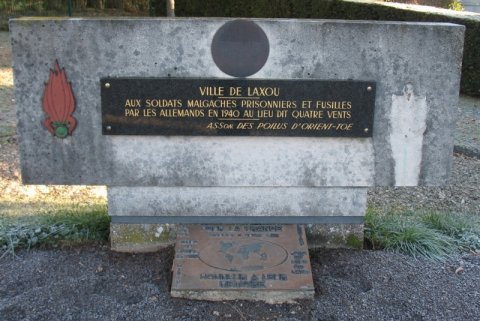
Commemorative monument in Laxou. Source: Anciens cols bleus.net
Laxou (Meurthe-et-Moselle): A monument commemorating the execution of Malagasy prisoners by the Germans in June 1940. These prisoners, all Malagasy artillerymen, left Commercy on a forced march. When they reached Laxou, they complained about not having anything to eat or drink. To quash the potential mutiny, the guards chose seven men at random and shot them on the spot. The bodies, only one of which was identified, lie in the military square in Laxou cemetery.
The decolonisation
The consequences of the tragedy of 1940, combined with the operations of 1942 and the ensuing loss of prestige for the colonial powers, fuelled the strength of nationalist claims.
In 1946, the Democratic Movement for the Renovation of Madagascar (MDRM) demanded independence within the nascent French Union and two secret societies decided to chase out the French by launching a wave of violence in numerous locations around the island on the night of 29 March 1947. Many French were killed and their property pillaged. France retaliated violently, the French army using mostly African troops under the command of the French. The recapture lasted until 1949 and the repression was extremely brutal. The number of Malagasy killed has been estimated at 80,000. The nationalist leaders were tried during a major trial in the summer of 1948. The island's state of siege was only lifted in 1956.
The Malagasy Republic was proclaimed in 1958, first within the newly created French Community, and then achieved full independence in 1960 when France withdrew its troops in phases.
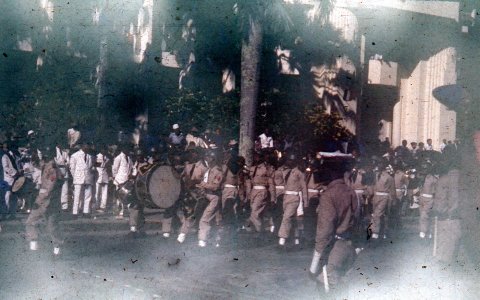
Parade in honour of Madagascar's independence, 16 June 1960. Source: GNU Free Documentation License.
Today, French-Malagasy relations, economically important, are still marked by this common history. They are therefore contrasted. But while the Malagasy people remain sensitive to certain tragedies that befell the island between 1947 and 1949 they do not forget and neither should France forget the joint battles that blot our shared history.

